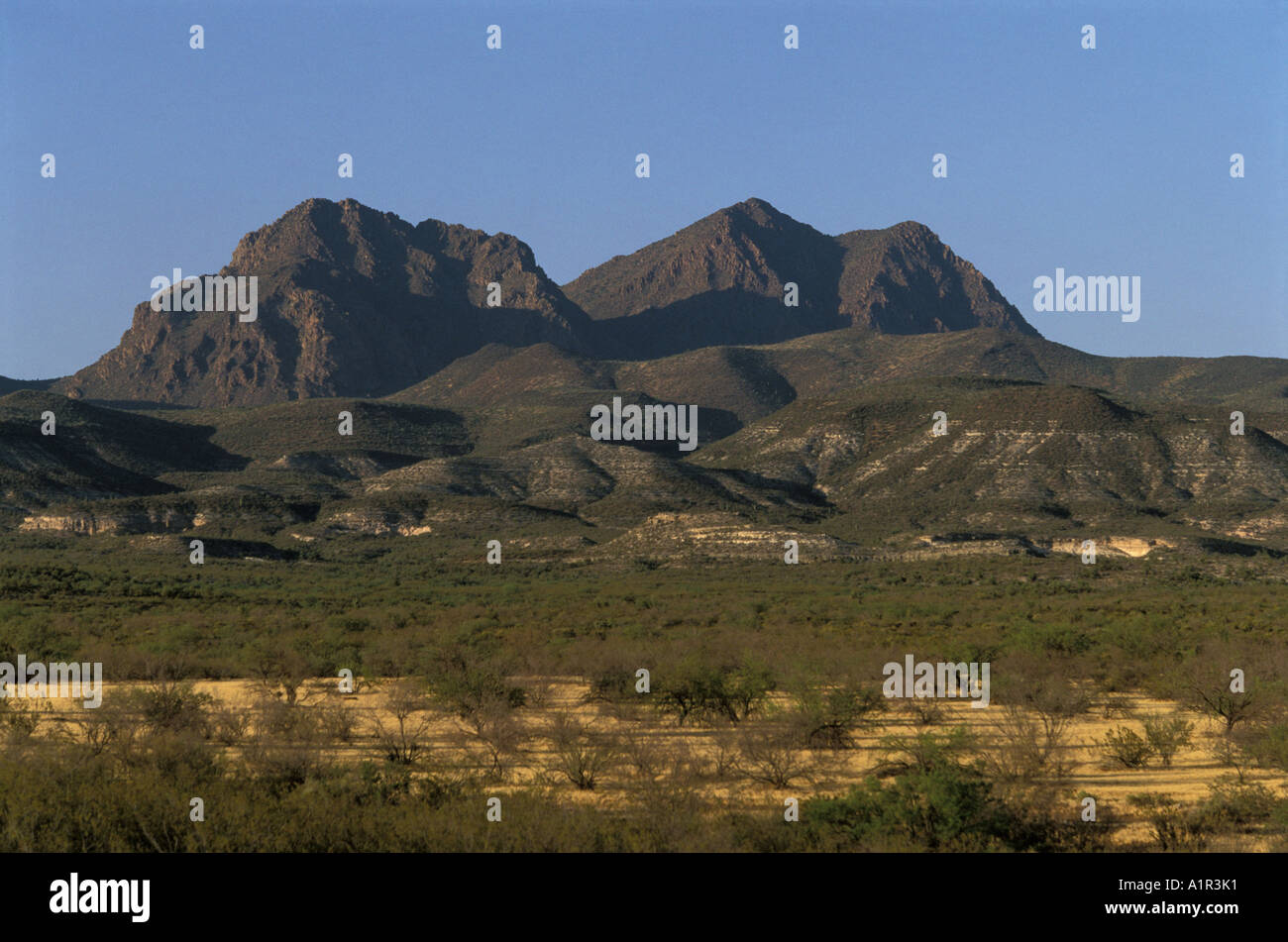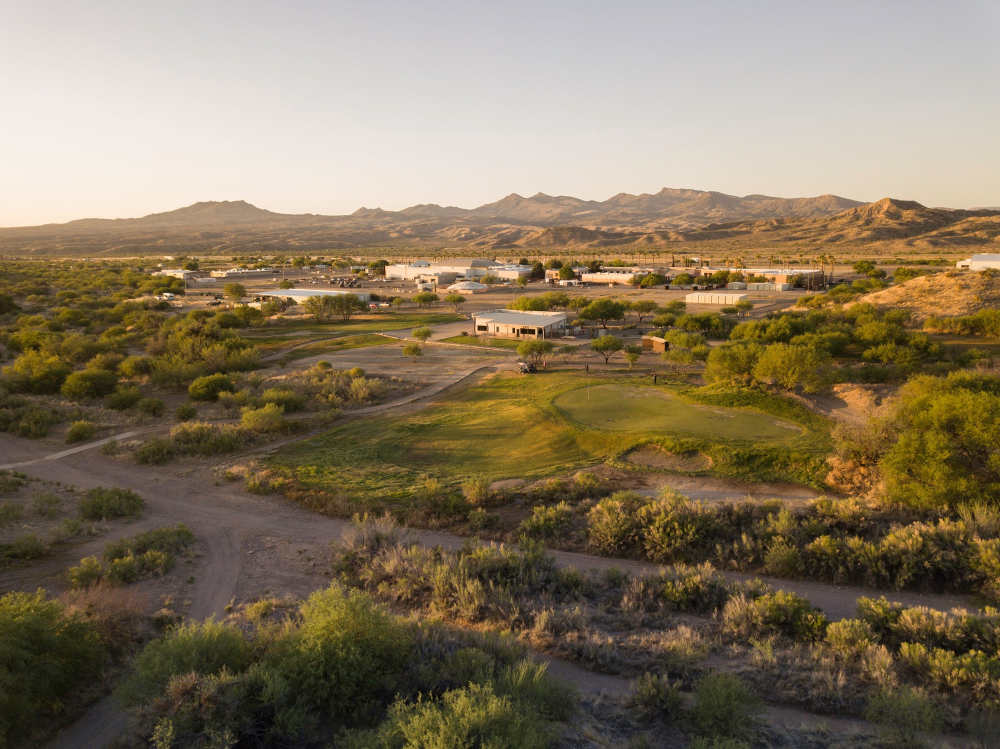
Echoes of Resilience: The Enduring Spirit of San Carlos Apache Nation
In the rugged heart of Arizona, where the Gila River carves its path through ancient lands and the vast desert gives way to mountain ranges, lies the San Carlos Apache Reservation. It is a place woven from threads of profound history, enduring struggle, and an unwavering spirit of self-determination. Spanning over 1.8 million acres, this land is not merely a geographic location; it is the ancestral home, the cultural repository, and the economic bedrock for the Ndee (the Apache people), a testament to their resilience against centuries of adversity.
The story of the San Carlos Apache Nation is one etched in the annals of American history, often painfully. Before the arrival of European settlers, the Apache, a diverse group of Athabaskan-speaking peoples, roamed vast territories across the Southwest, living off the land, skilled hunters, gatherers, and warriors. Their traditional territories were immense, covering parts of what is now Arizona, New Mexico, Texas, and even Mexico. The San Carlos Apache, specifically, are a composite of various Western Apache bands, including the Aravaipa, Pinal, San Carlos, and other groups, forcibly consolidated onto the reservation during the tumultuous Apache Wars of the late 19th century.
The reservation itself was established in 1871, a product of a forced relocation policy by the U.S. government that sought to quell conflicts and open up lands for American expansion. It became a crucible where disparate bands, some with historical rivalries, were brought together under military rule, often facing harsh conditions, disease, and the systematic dismantling of their traditional lifeways. This period is stained with stories of injustice, broken treaties, and the relentless pressure to assimilate. Figures like Geronimo, though often associated with the Chiricahua Apache, became symbols of fierce Apache resistance against these encroaching forces, their struggles echoing through the generations on reservations like San Carlos.
“The land remembers,” says Maria Nez, a revered San Carlos Apache elder, her voice raspy with age but firm with conviction. “It remembers our ancestors who fought for every inch, who mourned for what was lost. And it remembers their strength, which we carry in our blood today.” Her words encapsulate the deep connection between the Apache people and their land, a bond that transcends ownership and speaks to an intricate web of cultural identity, spiritual reverence, and historical memory.
Today, the San Carlos Apache Reservation faces a complex array of modern challenges, many stemming directly from this traumatic past. High rates of unemployment, poverty, inadequate healthcare infrastructure, and limited educational opportunities are stark realities for many residents. The legacy of historical trauma manifests in social issues such as substance abuse and mental health disparities, creating significant hurdles for community development and well-being. According to tribal statistics, unemployment often hovers significantly above the national average, and access to specialized medical care can require long journeys off the reservation.

Yet, despite these formidable obstacles, the spirit of the San Carlos Apache Nation is not one of resignation, but of fierce self-determination and an unyielding commitment to cultural preservation. The tribe has actively pursued initiatives aimed at economic development, cultural revitalization, and strengthening their sovereign governance.
One of the most significant economic drivers on the reservation is the San Carlos Apache Cattle Association (SCACA). Established in 1937, it is one of the largest tribal cattle operations in the United States, managing vast tracts of rangeland and providing employment and revenue for the community. The sight of Apache cowboys, descendants of a people who once rode wild across the plains, herding cattle against the backdrop of Arizona’s stark beauty, is a powerful symbol of adaptation and continuity.
Another cornerstone of the tribal economy is the Apache Gold Casino Resort. Opened in 1994, the casino and its accompanying hotel, golf course, and entertainment venues provide hundreds of jobs and generate crucial revenue that funds essential tribal services, including education, healthcare, infrastructure improvements, and cultural programs. “The casino isn’t just about entertainment,” explains John Kessay, a tribal council member. “It’s about self-sufficiency. It allows us to fund our own future, to provide for our people without always relying on outside sources.”
Beyond these ventures, the tribe is exploring sustainable resource management. The San Carlos Apache are stewards of the Gila River and the expansive San Carlos Lake, a vital water source in the arid Southwest. They manage timber resources and are increasingly looking into renewable energy projects, recognizing the importance of balancing economic growth with environmental protection, reflecting their traditional reverence for the land.
Cultural preservation is at the heart of the San Carlos Apache identity. Efforts to revitalize the Nde’e biyati’ (Apache language) are paramount. Language immersion programs, elder mentorship, and educational initiatives are underway to ensure the tongue of their ancestors does not fade. Traditional arts, such as intricate basket weaving, beadwork, and pottery, are celebrated and taught to younger generations, not just as crafts but as living expressions of their heritage.
The annual Na’ii’ees, or Sunrise Dance, a sacred coming-of-age ceremony for young Apache women, remains a vibrant and powerful tradition. These multi-day ceremonies are deeply spiritual, involving intricate rituals, elaborate regalia, and communal celebration, reinforcing cultural values and strengthening community bonds. “When a young girl dances the Sunrise Dance, she is not just becoming a woman; she is embodying the strength of all the Apache women who came before her,” says Clara Begay, a cultural preservationist. “It is a connection to our ancestors, a prayer for our future.”
Education is another area of intense focus. While tribal schools strive to meet state standards, they also integrate Apache history, language, and culture into the curriculum, aiming to provide a culturally relevant education that instills pride and identity alongside academic achievement. Scholarship programs and vocational training initiatives are also crucial in preparing younger generations for diverse career paths, both on and off the reservation.
The San Carlos Apache Nation’s governance structure, led by a democratically elected Tribal Council and Chairman, embodies their commitment to sovereignty. They negotiate with state and federal governments on issues ranging from water rights to law enforcement, constantly asserting their inherent right to self-govern. This ongoing struggle for sovereignty is a continuous process of reclaiming control over their destiny, asserting their jurisdiction, and protecting their inherent rights as a distinct nation.
Looking ahead, the San Carlos Apache Nation envisions a future where their youth are empowered, their culture thrives, and their economy is robust and diversified. They are investing in healthcare infrastructure, developing community wellness programs that integrate traditional healing practices, and fostering a sense of hope and opportunity for all tribal members. The challenges are immense, but so too is the collective will to overcome them.

The San Carlos Apache Reservation is more than just a plot of land; it is a living, breathing testament to human endurance. It is a place where the echoes of past struggles reverberate alongside the vibrant sounds of a culture determined to thrive. In the wind that whispers through the desert mesquite, in the enduring strength of the Apache people, one can hear the powerful refrain of resilience—a promise that the spirit of the Ndee will continue to shape the future, firmly rooted in the ancient soil of Arizona.

